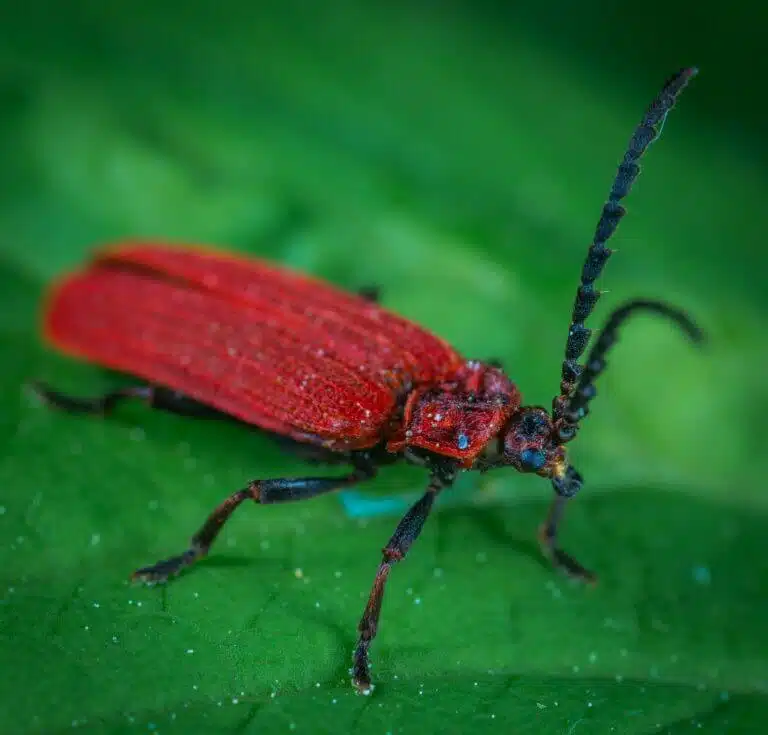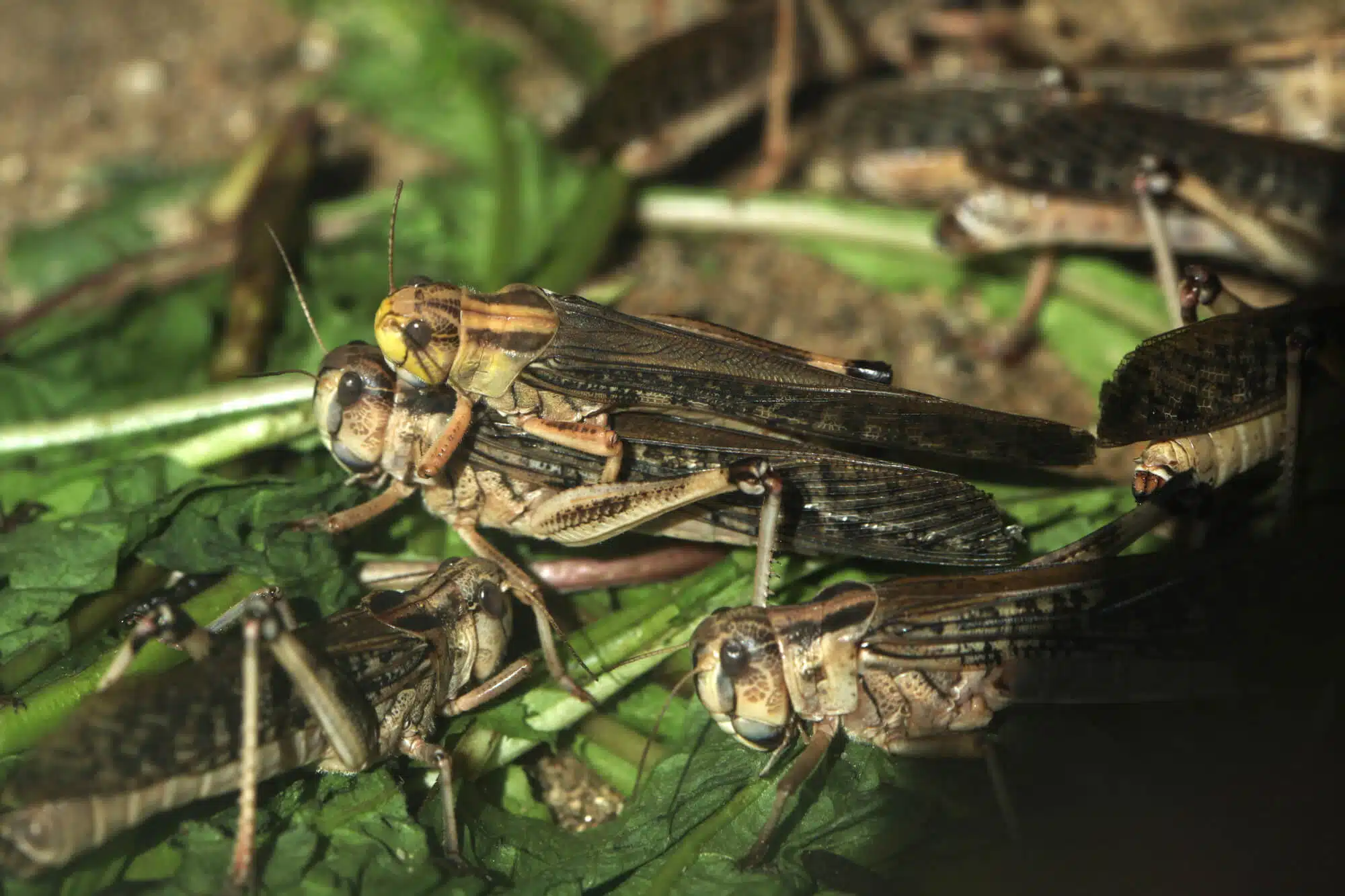Development of water collection and transport systems based on the characteristics of the desert beetle and the female beetle
How can learning from animals and plants optimize our lives? The bodies of animals and plants have evolutionary, chemical and mechanical mechanisms that allow them to adapt to the environment. Biomimetics is a branch of research (among others in engineering, biology, chemistry and physics) that studies the activity of nature and imitates it in order to find solutions to human problems. For example, it is possible to develop aircraft aerodynamic mechanisms based on the flight of the bird or water collection tools based on water storage mechanisms that exist in cacti.

In the laboratory for biomimetics of mechanical systems and surfaces at the School of Mechanical Engineering at Tel Aviv University, the characteristics and mechanisms of action of insects are examined, and engineering systems are built inspired by them. Dr. Beth-El Panhsik, who heads the laboratory: "Insects have mechanics (e.g. propulsion mechanisms), surfaces (the outer layer of the body) and material properties that are evolutionary adapted to them and help them adapt to the environment and survive, and we can learn a lot from them. For example, in order to bring offspring into the world, the female locust has to dig in the ground and lay her eggs in it. That is why she is born with two pairs of paws for digging, whose mechanical strength increases 19 times as she matures (within about three weeks of her birth); The composite material from which they are made (which is made of several materials including fibers and proteins) turns soft into extremely hard.
In addition, when she digs, she extends her abdomen to protect the eggs and provide them with moisture. In the laboratory we quantify (in collaboration with Prof. Amir Aili from the School of Zoology at Tel Aviv University), the mechanics of paw materials (for example their strengths and weaknesses) and can be based on them in building engineering systems that are adapted to different environments. For example, we created a prototype of a soft robot, which on the one hand can curve and go through bending and on the other hand can extend, change direction and reach the point we define for it. From the elongation of the female locust's abdomen, we can also learn about tissue flexibility and use the knowledge for applications in the field of tissue engineering."

Another insect that Dr. Panhsik and her team are learning from is the Namib desert beetle (in southwest Africa); The morning dew concentrates as droplets in hydrophilic (water-attracting) spots on the beetle's back, and when it raises its rear, these droplets roll into its mouth. In this way, she manages to collect water from the air and survive in the desert. In one of their latest projects, the researchers relied on this data for the purpose of designing surfaces with hydrophilic points and a certain direction of movement that help concentrate water droplets and transport them in the desired direction. They placed these surfaces in a climate chamber they built, where different temperatures can be created and their effect on the amount of water that can be collected can be studied. For example, they created low temperatures and high humidity - the necessary conditions for condensation.
"In every project like this," says Dr. Panhsik, "we check what are the properties of the material and the surface that will produce the best performance. In this case, we created surfaces for passive water collection (without energy investment) and we hope that in the future it will be possible to build on them in the construction of large surfaces that will produce several liters of water a day."
In another project - which won a research grant from the National Science Foundation - the researchers were inspired by the organ where the female bed bug stores the male's sperm until the environmental conditions are ripe for a successful pregnancy. This organ is built so that the sperm cannot flow from it except at the moment of truth, and then - it flows only in one direction. With the help of computer software, the researchers designed a kind of one-way canals that can be used to store water from the environment and lead it in a certain direction. The geometry of the canals - for example the widening and narrowing of certain points and varying heights along their length - allows the water in them to flow in one direction. The researchers then printed the canals from rigid synthetic materials with a XNUMXD printer. "We created a model to collect liquids and move them in a certain direction. That is, a prototype according to which it is possible to design systems that will operate in areas with water shortages or will be used for industrial purposes (such as factories where water accumulated on pipes must be emptied). In this case, too, we based ourselves on the initial structure as it exists in nature and then changed its geometry to achieve optimal performance," concludes Dr. Panhsik.
Life itself:
Dr. Beth-El Panhsik, 37, married plus two (4 and 2.5), lives in Tel Aviv. Most of the time trying to balance the academic career and raising the children.
